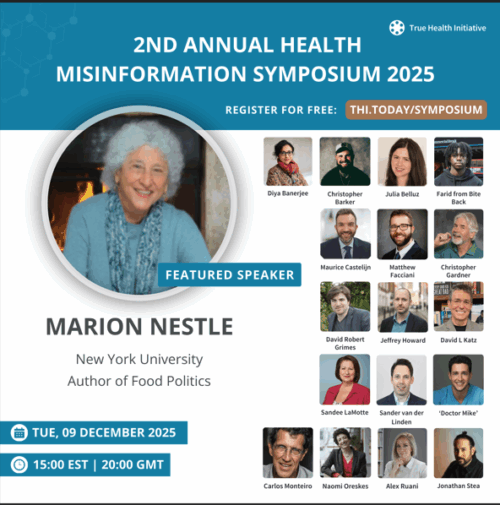What’s up with Country-of-Origin Labeling (COOL)?
The attack on Country-of-Origin-Labeling (COOL) is a good example of why international trade agreements require close scrutiny.
In my book What to Eat, I had this to say about COOL (among other things):
In 2002, Congress passed a law requiring Country of Origin Labeling (the apt acronym is COOL) that was to take effect in 2004. Later, under pressure from the food industry, Congress postponed the deadline until the end of September 2006…In America, food industry opposition to COOL is just about universal. The industry complains that tracking the origin of foods is difficult, but also would prefer that you not know how far food has traveled before it gets to you. The Grocery Manufacturers of America, an especially vigilant trade advocacy group, called the 2002 bill “a nasty, snarly beast of a bill,” but even stronger opposition came from the meat industry. Its lobbyists argued that COOL would be “extraordinarily costly with no discernible benefit,” but their real objection was that meat producers would have to track where animals and products come from—another sensible idea that they have long resisted.
Nevertheless, COOL was supposed to go into effect for meat in 2008 and finally did so in 2014. In the meantime, Canada and Mexico went to the World Trade Organization to argue that COOL unfairly discriminated against meat produced in those countries.
The Hagstrom Report lists Canada’s threatened trade retaliation (if the U.S. keeps COOL, Canada will raise tariffs on these products).
The WTO agrees that Canada and Mexico have the right to do this.
Now the House has introduced a bill to repeal COOL. The House Agriculture Committee voted for the repeal.
So much for consumers’ interest in knowing where foods come from.
I’ll be posting more about trade agreements this week and next. Stay tuned.


